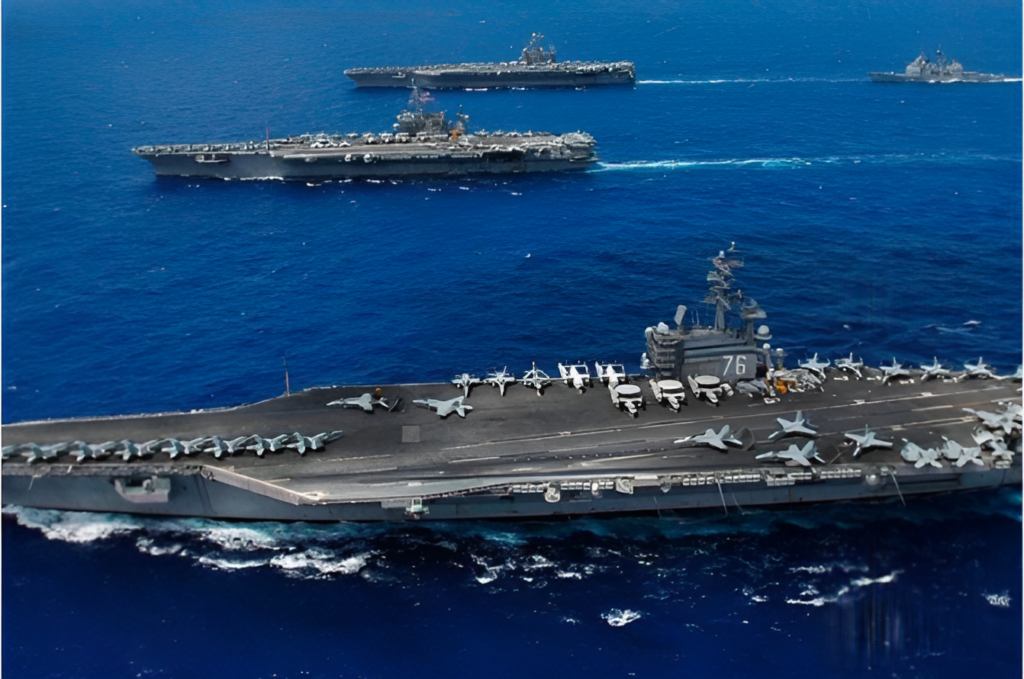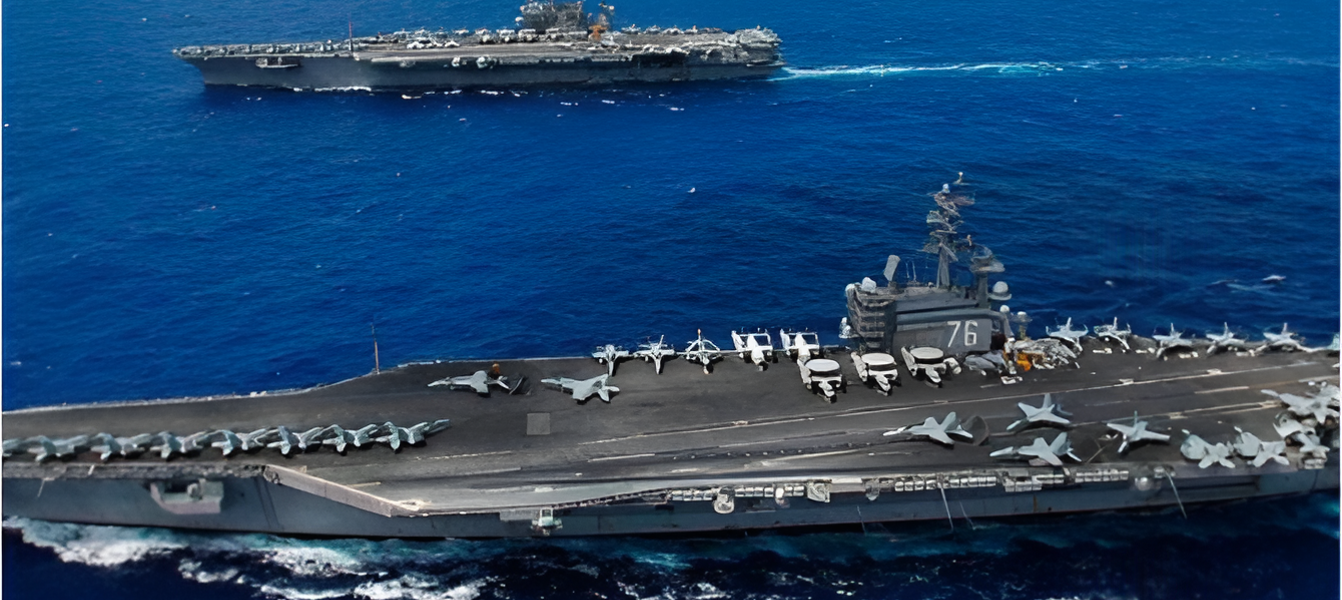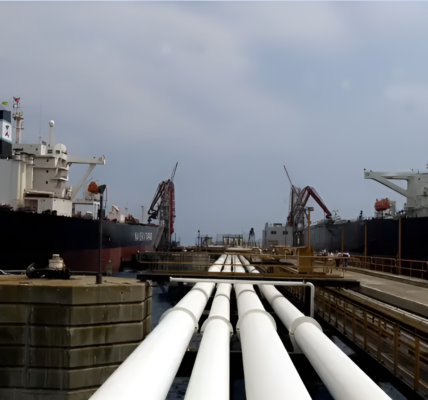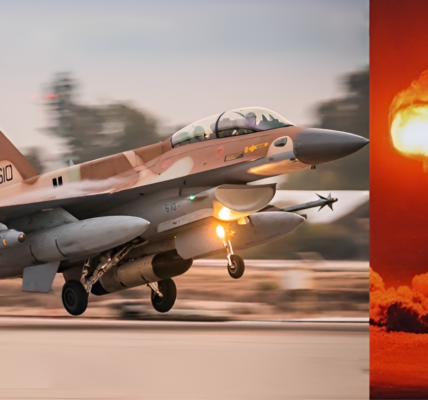Is a U.S. Fleet of Ten Supercarriers Sustainable? Rising Costs of Warships and Aircraft May Force Fleet Reduction

The U.S. Navy’s ambitious plan to induct ten supercarriers of the Gerald Ford Class over the next two decades aims to replace its aging Nimitz Class carriers. While the USS Gerald Ford (commissioned in 2017) introduced advancements like electromagnetic catapults and improved nuclear reactors, it largely serves as an upgraded version of the Nimitz Class. Despite the technological improvements, the high costs of these supercarriers present a challenge to maintaining the fleet size envisioned.
The USS Gerald Ford set the bar with a price tag of over $13 billion, making it the most expensive warship in history. However, future Ford Class carriers, such as the upcoming CVN-81, are expected to cost around $15 billion, further escalating the overall cost of the program. These rising costs come despite expectations that building multiple ships would bring savings, leaving questions about the financial sustainability of the fleet. In comparison, the final Nimitz Class carrier, USS George H.W. Bush (CVN-77), cost around $6.5 billion in today’s dollars—much lower than the price of the Ford Class.
The rising costs of the ships themselves are compounded by the high price tags of their supporting aircraft. The F-35C, designed for deployment from these supercarriers, is facing delays and cost overruns, with each fighter potentially exceeding $120 million in acquisition costs—50% more than the F-35A. The MQ-25 drones, which are essential for refueling and support in contested areas like the Pacific, also add to the overall expenses. Maintenance for these new systems is also expected to be significantly higher than for their predecessors.
While the Gerald Ford Class boasts improved technology, it is becoming increasingly difficult for the U.S. Navy to justify the cost compared to rival powers like China and Russia, which are commissioning carriers at a fraction of the price. Chinese carriers, for instance, cost around $4 billion each, while Russia’s supercarrier project is estimated at under $6 billion. This disparity could diminish the U.S. Navy’s competitive edge, especially as China plans to deploy seven carriers by 2025, with more to follow.
The rising cost of supercarriers could force the U.S. Navy to reconsider its plans for a ten-carrier fleet. The financial pressures—combined with the growing carrier fleets of near-peer adversaries—may result in the U.S. shrinking its fleet for the first time in decades, leaving a strategic gap at a time when naval presence is critical in global power dynamics. With costs soaring and budgets constrained, the Navy may need to reassess its plans and priorities.




